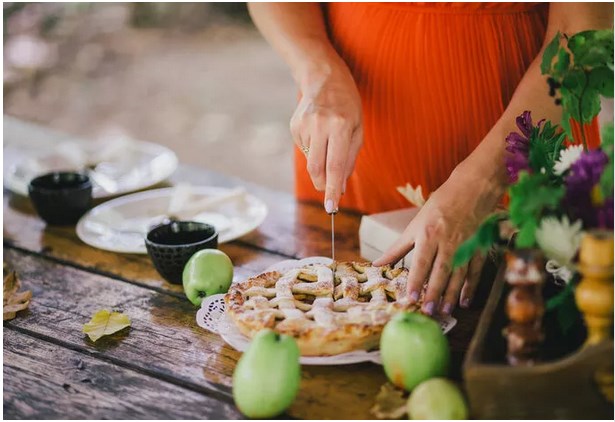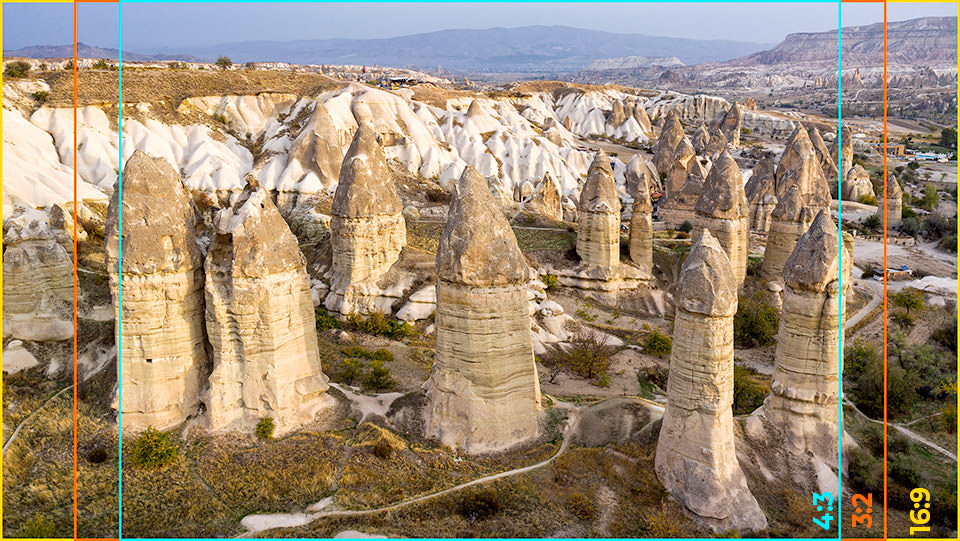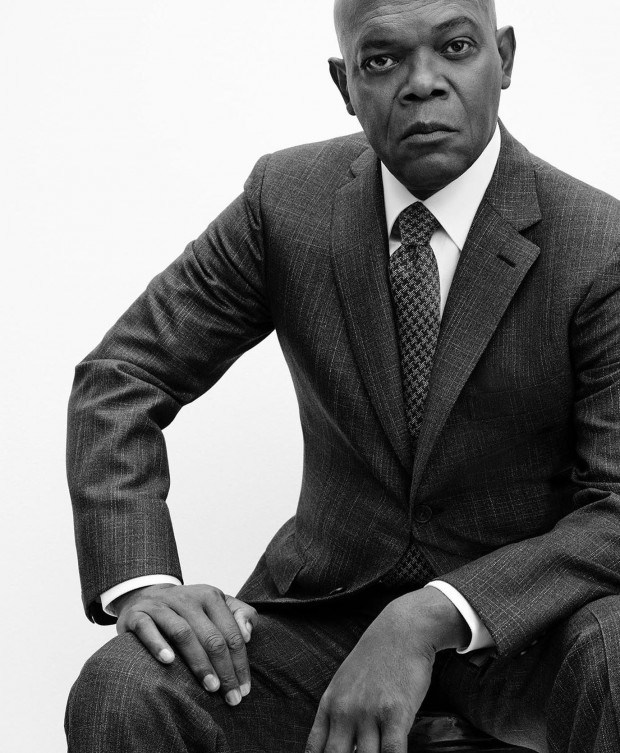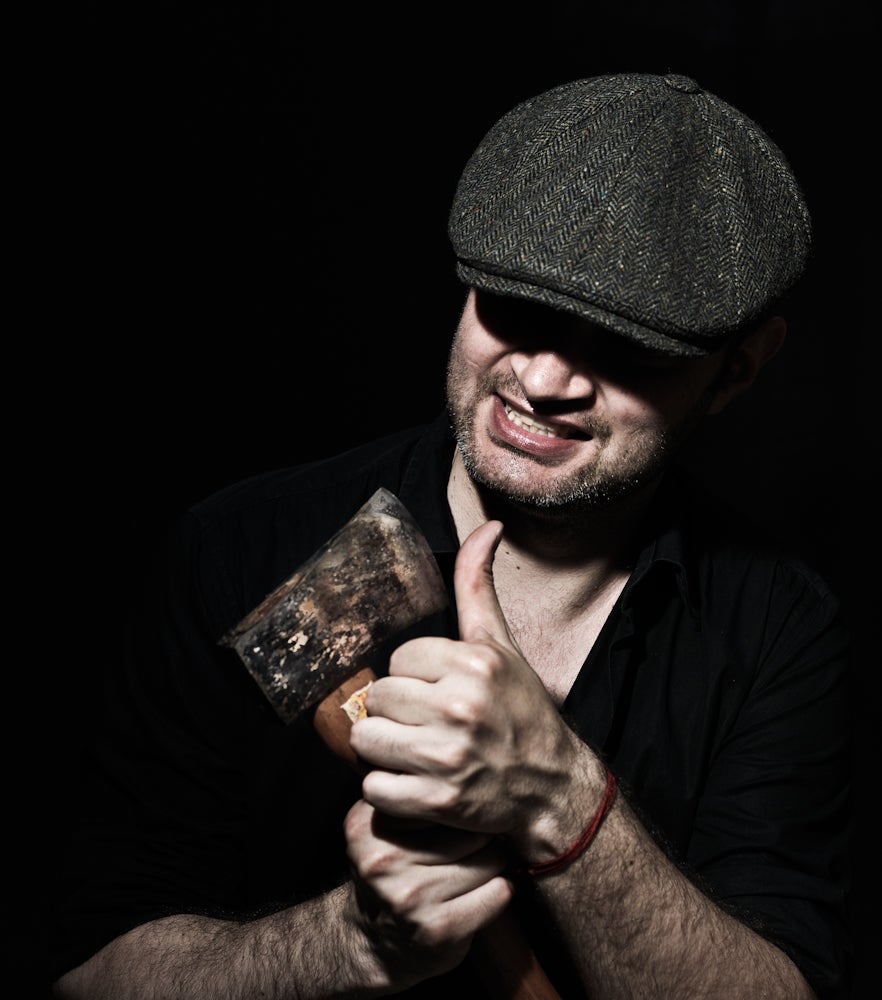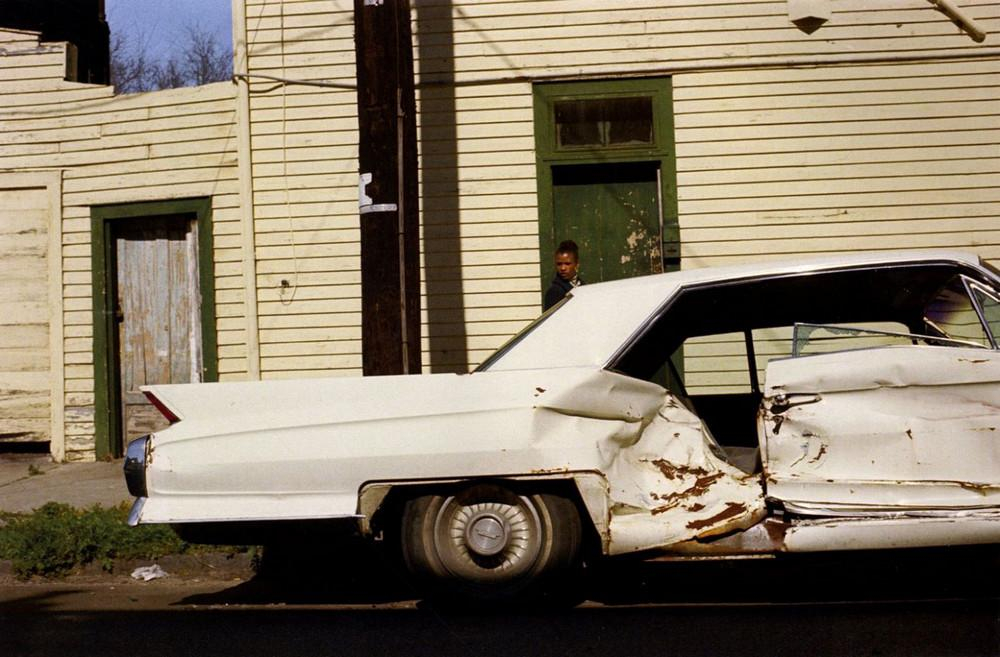10 AMAZING ALTERNATIVE PROCESSES IN PHOTO
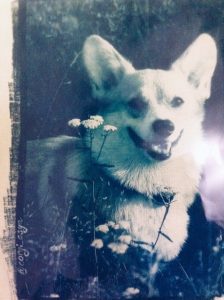 Alternative processes in photography are a whole world filled with interesting printing methods and techniques. Let’s look at a dozen interesting alternative photographic processes that a photographer should try.
Alternative processes in photography are a whole world filled with interesting printing methods and techniques. Let’s look at a dozen interesting alternative photographic processes that a photographer should try.
Infrared photography
Infrared photography captures colors that the human eye is unable to see. You can think of them as invisible magical colors that can only be seen through a special lens or film.
In digital photography, you can use an infrared lens. An analogue may be the use of a color infrared film. This is one of the easiest and most affordable ways to experiment with alternative photography.
Using these tools, you can take surreal photos of the most ordinary, everyday landscapes, people and objects. It will inspire you and help you to consider unusual moments in everyday life and show it in photos.
Wet collocation process
The wet collocation process (Wet Plate Collodion process) was invented in 1848 and is still a popular alternative photography technique.
It consists in the fact that first a piece of glass is covered with collodion and other chemicals to prepare it for the camera. When wet, it is placed in a photographic camera for exposure. Then the print is returned to the dark room to be developed and printed. Thanks to the transparency of the glass, the resulting photos are very clear.
Gumoil Printing
10 amazing alternative processes in photography
This is one of the most tedious and complex alternative photography processes. Few photographers use it in their practical work, but their results are always worth the hard work they put into it.
The process uses a positive image printed on film. A light-sensitive solution of a mixture of gum arabic and dichromate is applied and dried onto thick cotton paper. By contact, the image is exposed under UV or halogen light. The paper with the image is washed and dried. After that, oil paint is rubbed into the paper with the image, the paper is placed in water, the top layer of ink is erased and a saturated, bright photo appears.
Brown Van Dyke Brown Print
This is a popular printing process that does not require a dark room. You only need a few simple ingredients, and it’s not difficult to recreate.
The name of the process comes from the color of the prints: a deep shade of brown Van Dyke Brown. The canvas is covered with ammonium citrate of iron, silver nitrate and tartaric acid. All this is exposed to ultraviolet light. To make the photo print more durable and prevent it from fading, you should clean and cover it with sodium thiosulfate solution.
Cyanotype
In fact, cyanotypes are drawings that have been used by engineers for many years. At that time, they were considered a quick and easy way to recreate drawings. Today they are often used to create ghostly images with a blue tint. There are several versions of the cyanotype. One, the most common, does not require a camera at all. Another requires digital negatives.
So, you need to cover a piece of paper (some people use watercolor paper) with ammonium citrate (III) and potassium ferricyanide. This combination of chemicals fades yellow. Then you can cover the paper with printed digital negatives or some suitable objects (many artists here use plants).
The prints are then exposed to ultraviolet light. Some photographers even use car headlights or normal daylight for this step. As soon as the print begins to turn green or turn blue, it can be washed with water. The coated parts will be white, and everything that surrounds them will have a beautiful blue tint.
